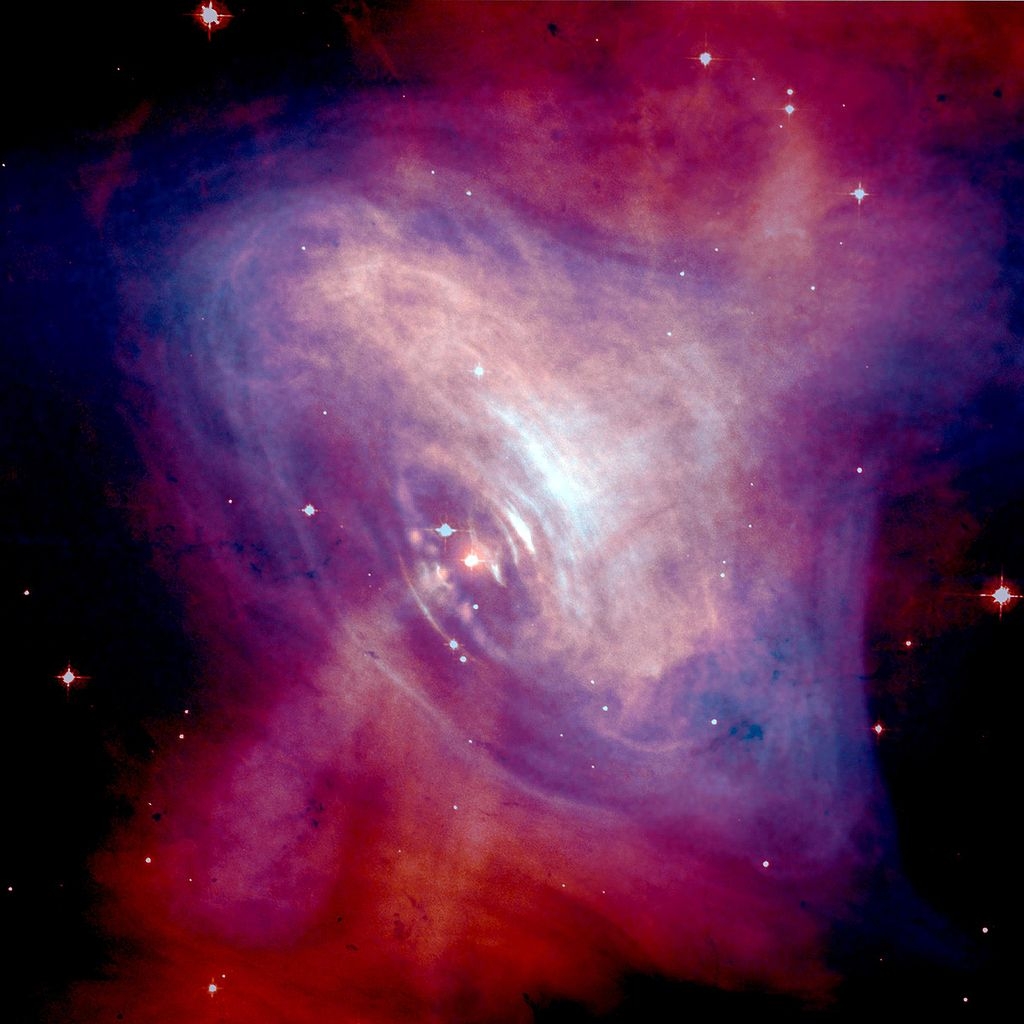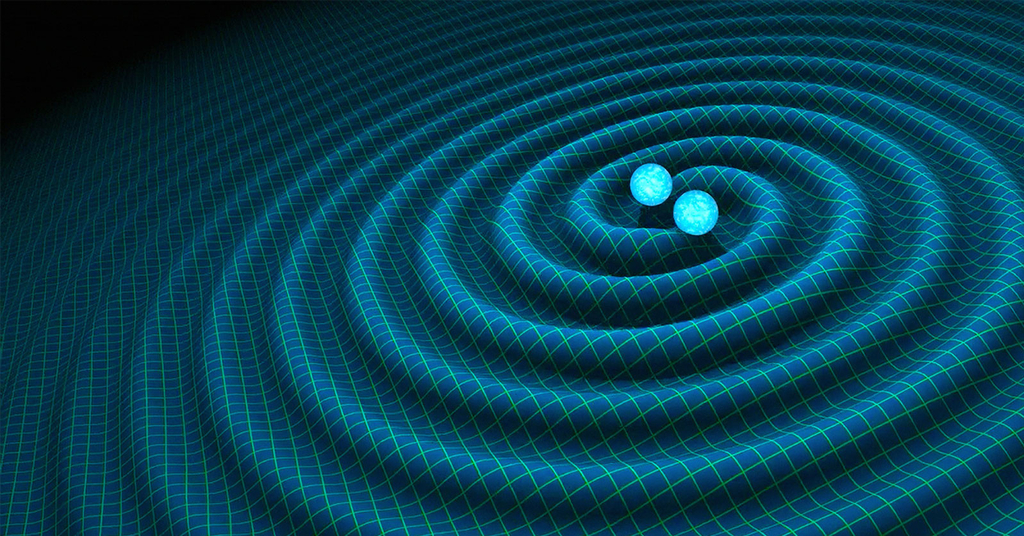A Virtual Reality tour of the Milky Way's Pulsars
The PHAROS research group produced a virtual tour of our galaxy’s pulsars, an extraordinary category of dead stars.
A neutron star is a stellar remnant, leftover after a supernova of a supermassive star of about 10-25 solar masses. It’s the densest object known after black holes, compressing 1.3-2.5 solar masses into a sphere of diameter 10-20 km - this is of the order 1014 times the density of the Sun. Due to the rapid shrinking of the core during the supernova collapse, neutron stars rotate extremely fast, many times a second, then gradually lose that momentum to slow down. Because of the magnetic field present in many neutron stars, a stream of electrons and/or protons in the X-ray or radio regime gets emitted at the magnetic pole, where particles get accelerated. That magnetic field however, is rarely aligned with the rotational axis (just like with the Earth: the magnetic North isn’t at the geographic North), meaning that this beam will sweep through the sky; if it radiates towards the Earth, what we will observe is a regular “pulse” coming from this “pulsar”.

the pulsar's rotation "stirs" the surrounding gas leftover from the supernova
There are still many open questions about pulsars and neutron stars, as they are objects at energies we can’t reproduce on Earth. The PHAROS collaboration, funded by the European Cooperation in Science and Technology (COST), splits into five research angles, the first one being to investigate the Equation of State of such dense matter. This formula relates the properties pressure, volume and temperature. The second question concerns superconductivity, a property observed in conditions of no electrical resistance and cool environment, as would be the case in an older neutron star. The other aspects of PHAROS’ work regard the evolution of magnetic fields, the modelling of jets and last but not least the potential from gravitational waves studies. In fact, one of the first gravitational wave signals, detected in 2017, originated from a system of two neutron stars that were merging.

About 2000 pulsars are catalogued in the Milky Way. With PHAROS’ Virtual Reality program, you can navigate through them and get information about their frequency of pulsation, their distance and about their companion star when they are part of a binary system. You will need Oculus glasses to run the program, but for those of you who don’t own any, the demonstration video is exciting in itself: https://youtu.be/0VxE46FIRZI. You will notably come across pulsar J0437-4715, the closest specimen to Earth; it is a millisecond pulsar, meaning it rotates around itself in just a few milliseconds, 5.75 for this one. The pulsar has a companion white dwarf which it orbits in only 5.7 days, and you will see that a good number of the Milky Way’s pulsars have a companion. B0538-75, also shown on the demo, is of interest to gravitational waves researchers, as it is expected to have its pulse slightly modified because of a nearby supernova, a phenomenon which would be measured at the end of May next year. At the end of the video, you will also come across a representation of our galaxy’s central black hole, Sagittarius A.
You can find the full Oculus Virtual Reality Quest program available for download here: Oculous-Quest-Virtual-Reality (csic.es). Enjoy your space travels!
Cover Image: Pulsar J0605+3757, PHAROS COST OVRQ
Image Credits:
1- Crab Nebula and Pulsar, NASA/HST/CXC/ASU/J. Hester et al.
2- Neutron stars and gravitational waves, LIGO
3-Fig. 1 "Re-visiting gravitational wave events via pulsars", M. Biswal et al.
